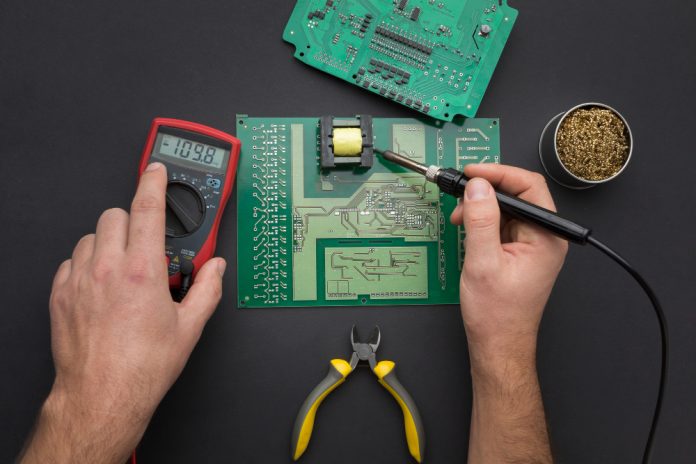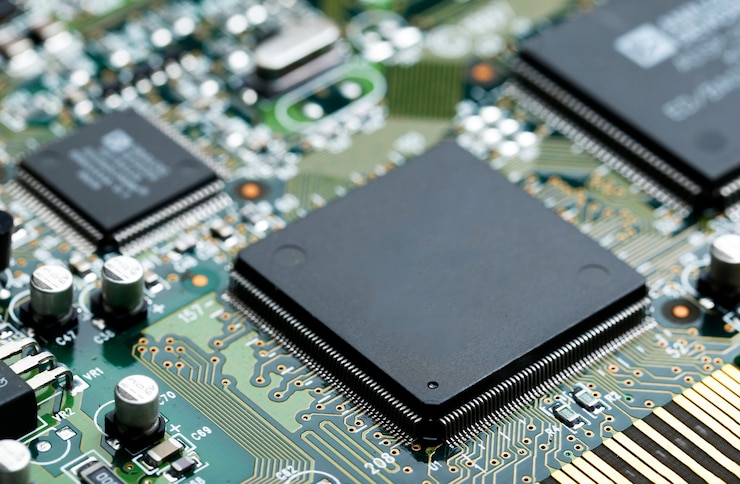The electronic engineering industry is a massive global market that is expected to be worth more than $4 trillion. Despite this impressive growth, the industry is facing some major challenges caused by a shortage of electronic components.
This shortage is making it difficult for companies to meet the demand for new products and services, and it could hurt the overall growth of the industry.
In this article, we will take a closer look at the causes of this component shortage and discuss some possible solutions.
What Is Electronic Engineering?
Electronic engineering is the branch of engineering that deals with the design and deployment of electronic systems. This can include everything from small components like microchips to large systems like satellites.
The industry has seen tremendous growth in recent years due to the increasing demand for new electronic products and services. This demand is being driven by the continued advancement of technology, which is resulting in new opportunities for companies that can provide innovative solutions.
The Importance Of Electronic Components In Electronic Engineering
Electronic components are the backbone of electronic engineering. They are used in a wide variety of applications, from cell phones and computers to aircraft and spacecraft. Without these components, many of the devices that we rely on every day would not be possible. Also, electronic components are vital to the operation of our power grid and other critical infrastructure.
Why Is There A Shortage?
Several factors are the cause of shortage some of which are:
1. The accelerating pace of technology change
As technology advances, the demand for new and improved electronic components increases. This has led to a shortage of certain types of components, as manufacturers struggle to keep up with demand.
2. The increasing popularity of consumer electronics
The popularity of consumer electronics, such as smartphones and tablets have contributed to the shortage of electronic components. As more people purchase these devices, the demand for the components increases.
3. The limited supply of certain materials
Certain materials used in the manufacture of electronic components are in limited supply. This has led to a shortage of some types of components, as manufacturers struggle to obtain the necessary materials.
4. The rise of China as a major producer of electronic components
As China’s manufacturing capabilities have grown, so has its share of the global market for electronic components. This has put pressure on other suppliers, resulting in a shortage of components.
The coronavirus pandemic has also had an impact on the supply of electronic components. Many factories in China, where a large number of components are manufactured, have been closed due to the outbreak.
What Are The Challenges Faced Due To Shortage?
There are some challenges in result of the shortage:
Increased costs:
This is because manufacturers have to source components from other suppliers who are charging higher prices. This increase in cost is passed on to the consumer in the form of higher prices for products. This is even more evident in the case of products that use a lot of components such as smartphones.
Longer lead times:
This is because manufacturers have to wait for components to be shipped from other suppliers. This can delay the launch of new products and impact the bottom line of businesses. Longer lead times also impact the supply chain as businesses have to stock up on components to avoid production delays.
Component quality:
The shortage of electronic components has also led to issues with component quality. Manufacturers are using lower-quality components to meet the demand. This can lead to products that are not up to the standards that consumers expect.
Local Businesses:
local businesses are not able to get the components they need to manufacture their products. This can lead to them losing business to larger companies that have access to the components.
The declining number of electronic component manufacturers:
Many manufacturers are not able to get the components they need to produce their products. This can lead to them shutting down their operations or moving to other countries where they can get the components they need.
The impact on the environment:
Many electronic components are made from materials that are harmful to the environment. When these components are not available, it can lead to the use of more environmentally friendly alternatives. However, there are some positive aspects to the shortage of electronic components. One positive aspect is that it is leading to the development of new technologies.
The impact on consumers:
The consumer is also feeling the impact of the shortage of electronic components. They are not able to buy the products they need. In some cases, consumers are even being forced to pay more for products. This is because manufacturers are not able to produce enough products to meet demand.
The impact on the economy:
The economy is also being impacted by the shortage of electronic components. It is causing businesses to lose money. When businesses lose money, they are forced to lay off workers. This can lead to a decrease in consumer spending, which can hurt the economy.
Difficulty in designing and manufacturing new electronic components:
The design and manufacturing industry is taking a hit as well. Many companies are finding it difficult to develop new electronic components. This is because the available parts are not always compatible with the latest technologies.
This can lead to a decrease in the quality of products and an increase in the price of goods. The result is a loss of competitiveness for companies in the global market.
Need for more reliable and efficient electronic components:
When it comes to electronic components, reliability and efficiency are the key. If a component is not reliable, it can cause problems for the whole system. This can lead to costly repairs or even replacements. Efficiency is also important because it can help reduce the overall power consumption of a device.
competition from other industries:
Competitors in other industries are also starting to use more electronic components in their products. This is especially true for the automotive industry which is using more electronics in cars and trucks. This increased competition can make it difficult for electronic engineering companies to keep up with demand.
obsolescence of electronic components:
Finally, another challenge that electronic engineering companies face is the obsolescence of components. This can happen when a new technology comes out that makes an older component obsolete. When this happens, companies have to find a way to replace the old components with new ones. This can be difficult and time-consuming.
How To Overcome These Challenges
So, how can electronic engineering companies overcome these challenges? Here are just some of the ways:
- Keep up with the latest technology trends
- Make sure you have a good supplier
- Look for alternative supplier
- Keep an inventory of components
Conclusion
The electronic engineering industry is booming but it faces some serious challenges due to a shortage of electronic components. This shortage makes it difficult for companies to meet demand and could ultimately hurt the industry’s growth. To overcome this issue, companies need to find ways to increase production and improve supply chain management. With these steps in place, the electronic engineering industry can continue to thrive.

Cameron Dickerson is a seasoned journalist with nearly 10 years experience. While studying journalism at the University of Missouri, Cameron found a passion for finding engaging stories. As a contributor to Kev’s Best, Cameron mostly covers state and national developments.


